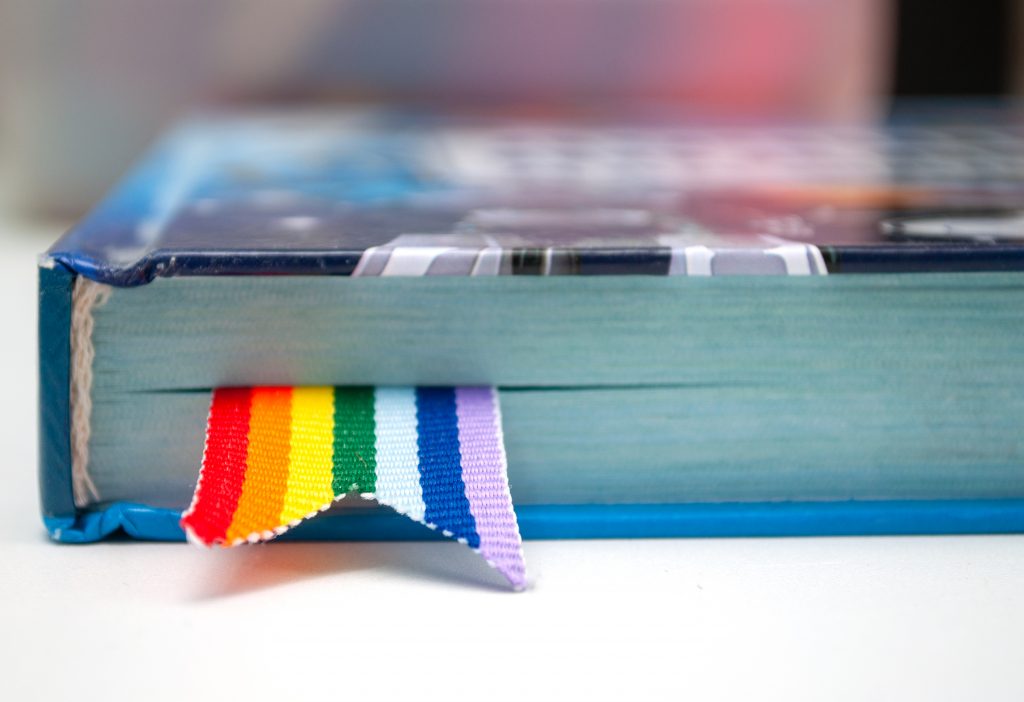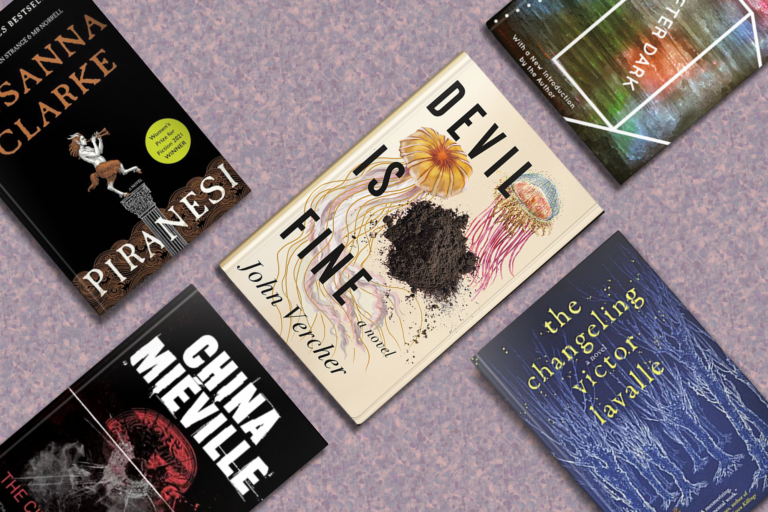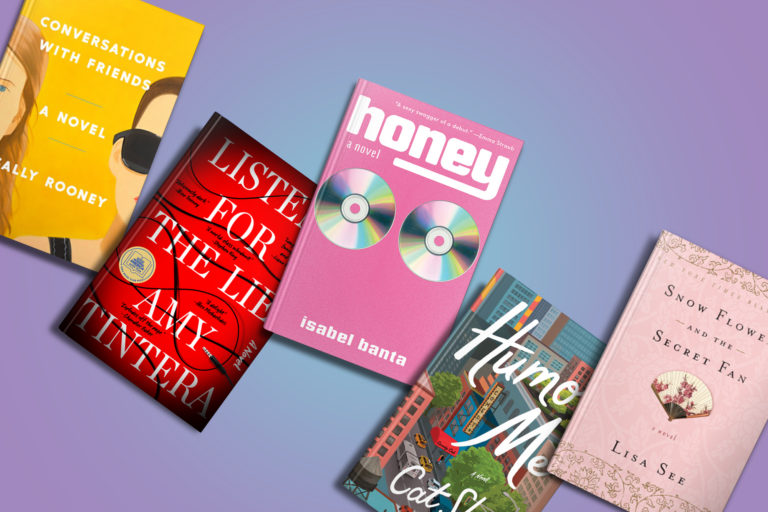
Coming-of-age stories are one of the cornerstones of this canon of literature. Grappling with your sexual identity in addition to leaving childhood behind makes for some really intense years. Equally important are stories of self-acceptance, family trauma, and finding love. The one thread that runs throughout it all: discovering the courage to live truthfully.

The Picture of Dorian Gray by Oscar Wilde (1891)
Dorian Gray has his portrait painted by Basil Hallward, who counts Dorian’s beauty as his muse. Through Basil, Dorian meets Lord Henry Wotton and is inspired to live a life of hedonism, even making a supernatural arrangement: Dorian will stay young and beautiful, while his portrait reflects every so-called sin. Subjected to censorship before publishing, Wilde’s novel created an even bigger scandal once released for its unapologetically gay characters.
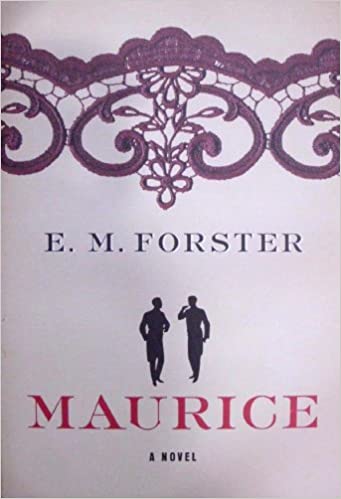
Maurice by E. M. Forster (1914)
Everything about Maurice’s life is conformist, from his Cambridge education to his reserved seat in his successful father’s company. But one aspect of his life is not — he’s gay. After a painful relationship at Cambridge ends, Maurice throws his focus on work and makes half-hearted attempts to live as a straight man. But true love comes knocking once again. This time, Maurice has to decide if he’s willing to leave his life of privilege for love. Although written in 1914, Maurice was published posthumously, in 1971.
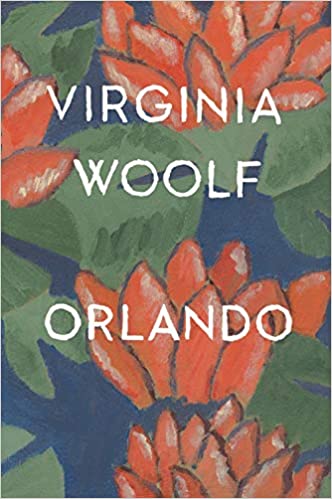
Orlando by Virginia Woolfe (1928)
This is the fictional biography of Orlando, a teenage aristocrat in Queen Elizabeth I’s court, who grows bored with his life of partying and excess. A magical wish, and he wakes up one day as a fully grown woman, which is how she lives for the next 300 years, into 1928. Orlando explores the boundaries — or lack — between life as a man and life as a woman and what that means for a person’s sexual identity.
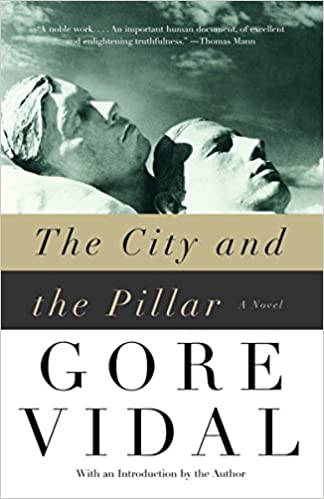
The City and the Pillar by Gore Vidal (1948)
When they were young, Jim and Bob fell into a sexual experience fraught with all the confusion that comes with youthful passion. For Jim, it is a defining moment, and he’s devastated when they must go their separate ways after graduation. As an adult, Jim has unfulfilling relationships with other men, and is always searching for Bob. When they’re finally reunited, years of anger, shame, and frustration explode with horrible consequences.

The Price of Salt by Patricia Highsmith (1952)
Therese plods through the days at her retail job. Carol is a suburban housewife who plods through a tiresome marriage. They don’t expect to fall in love, but their attraction for each other is undeniable. More of an escape than a journey, they decide to see what a different life could bring and embark on a trip across the country. Highsmith’s classic is the basis for the movie, Carol.
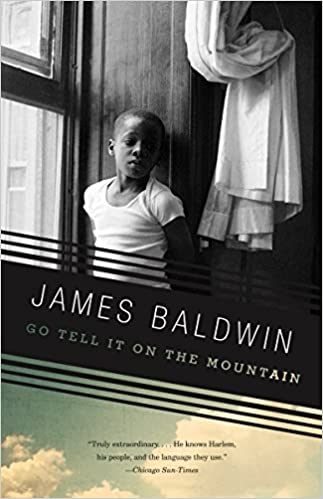
Go Tell It on the Mountain by James Baldwin (1953)
John’s stepfather is the minister of a Harlem church, which is just one of the reasons he is having trouble coming to terms with his sexual identity. It’s 1935, and John is entering adulthood in trying times. The New Deal hasn’t made its way to Harlem, racial tensions are about to boil over, religion is a source of confusion instead of comfort, and every attempt to win his family’s love seems to fail. For John, finding himself feels like finding a needle in a haystack.
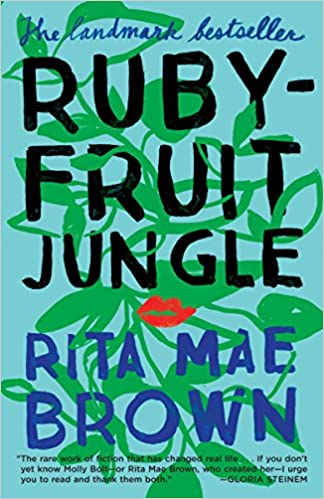
Rubyfruit Jungle by Rita Mae Brown (1973)
Molly Bolt’s family may be the poorest of the poor, but she’s determined to find a better way to live. She doesn’t have much more than a beautiful face and a whip-smart sense of humor, but it proves to be enough. Molly is often the center of attention, and the attention she craves the most is from other women. Her decision to live boldly as a lesbian is an easy one for her, and watching Molly take life by the horns and apologize for nothing is a joy to read.

Tales of the City by Armistead Maupin (1978)
The first of nine books in a bestselling series, Tales introduces readers to a loud, funny, loving LGBTQ romantic comedy. This is the story of the friends and residents of 28 Barbary Lane in San Francisco — the bisexuals, the gay men, the socialites, and the lovers that come and go. Set in the late 1970s through the ’80s and ’90s, Maupin’s series is one of the first to address the emotional toll of the AIDS epidemic.
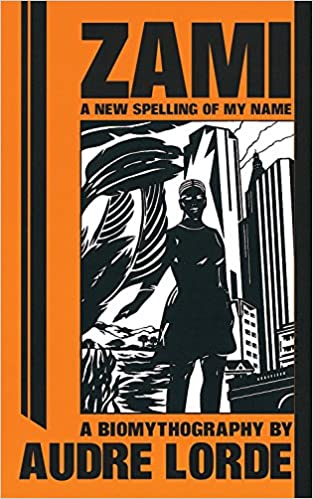
Zami: A New Spelling of My Name by Audre Lorde (1982)
After a difficult childhood in 1930s and ’40s Harlem, Lorde escapes into academia, which proves equally frustrating. She lands in Mexico where she re-enrolls in school, and falls in love with a woman for the first time. Back in New York, Lorde has a series of relationships with women, all examined here. Lorde calls Zami a “biomythography,” a nod to the need for myth-making when creating the history of one’s own political and sexual autobiography.
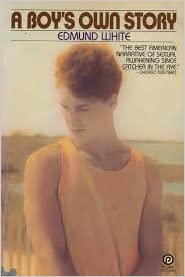
A Boy’s Own Story by Edmund White (1982)
In the 1950s, an unnamed 15-year-old has his first sexual experience with his friend, Kevin. Kevin seems standoffish about their encounters, a reaction that sends the narrator into a tailspin of self-doubt. As Kevin’s interest fades, the narrator’s expands. His question becomes: Does he need Kevin, someone more sexually experienced, or does he just need to understand what it means to be a gay man?

Oranges Are Not the Only Fruit by Jeanette Winterson (1985)
As a young British girl in the 1960s, Jeanette’s destiny is to become a missionary for her Pentecostal church. The fever of religious devotion, to her, is pure love. Imagine how complicated life becomes when Jeanette realizes that she is a lesbian. Love blossoms when she finds a girlfriend, until they’re both forced into ritual exorcism. Shame and duty weigh heavy against love and truth in this autobiographical fiction.
Contemporary Titles
Novels and essays that continue the themes of acceptance, identity, and love.
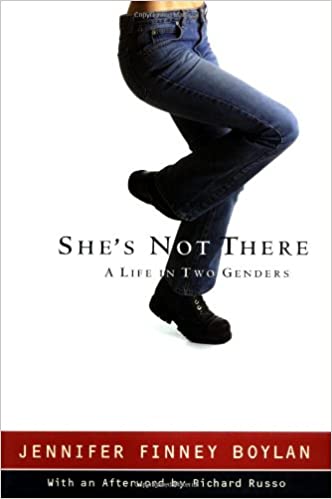
She's Not There: A Life in Two Genders by Jennifer Finney Boylan (2003)
Boylan’s story of transitioning from a man to a woman holds universal truths for us all. As she figures out who she is, what makes her male or female, and how love can transcend all of it, we’re left with the bigger picture — that these are questions for all humans. It’s a candid view of the transgender experience, written with humor and generosity.
Boylan’s newest memoir, Good Boy, revisits her boyhood and manhood through the lens of the seven dogs she loved during those pivotal years. As author Susan Orlean describes it, “Beautiful, tender, and utterly engaging, Good Boy measures out Boylan's life in dog years. The result is a gorgeous memoir, full of heart and insight.”
Order Good Boy:
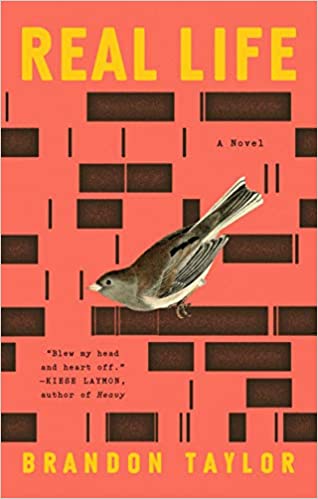
Real Life by Brandon Taylor
Black, queer, and far from home, Wallace feels isolated at college as he struggles to finish his biochemistry degree. He’s often on the receiving end of tokenism and microaggressions on a regular basis, and when his work is sabotaged by another student, his list of acquaintances grows even smaller. An unlikely ally appears, a straight white man, who might just be the person who keeps Wallace from going over the edge.
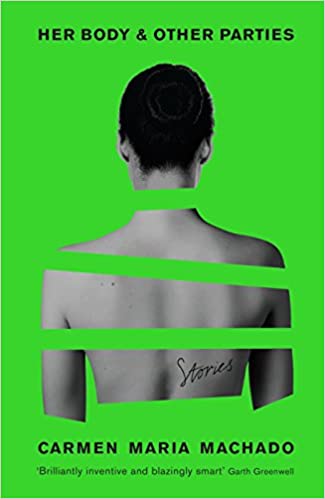
Her Body & Other Parties by Carmen Maria Machado
In these short stories, readers are treated to a mix of magical realism and deeply human characters. If one story title could sum up the spirit of them all, it would be “Real Women Have Bodies,” a fact so obvious that it’s often forgotten. Bodies are at the center of every tale — women fighting for control, their sexuality buried in secrets and nostalgia, and the sense that no matter how much their body is shared, it’s never enough.
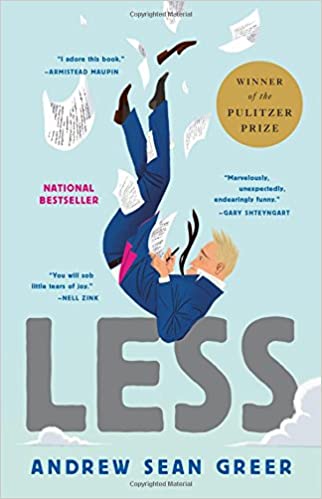
Less by Andrew Sean Greer
Arthur Less is having a crisis. Should he attend his ex-boyfriend’s wedding? Should he overschedule his life with international business trips to avoid this wedding? Arthur chooses option B, a trip around the world that offers one adventure after another. As he learns though, you can’t run from your fears forever, and facing them at home can be the adventure of a lifetime.
